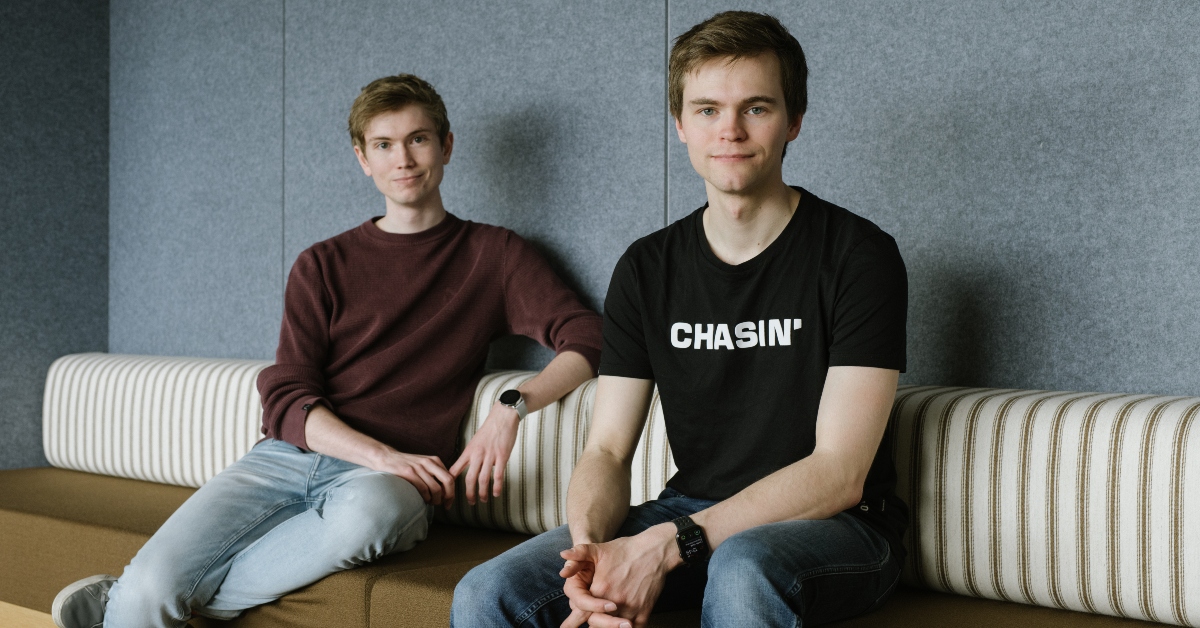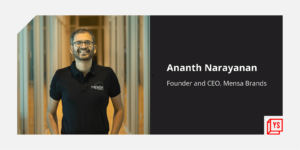Co-founders of CodeSandbox Bas Buursma, Ives van Hoorne | Image credit: Techleap.nl
“I do no coding at all anymore,” Linus Torvalds, the creator of Linux, told Dirk Hohndel, VMware’s VP and chief open source officer at 2019’s Open Source Summit in Europe. While it may have come as a shock to the entire developer community, coding has never been this interesting or engaging. In the same backdrop of Europe, coding is becoming more collaborative thanks to the rise of a new startup named CodeSandbox.
An idea is born
Bas Buursma, the co-founder of CodeSandbox is an excellent storyteller. He says the idea behind CodeSandbox started with his co-founder Ives van Hoorne when he was working with a Dutch auction website and was on a vacation. The story is one that will inspire numerous web developers. It starts with Ives and his stint at Catawiki where he was translating their webpage to React.
Get to know the amazing finalists here
During his vacation, Ives was bombarded with questions from co-workers about the code. To his surprise, his coworkers sent him those codes on Slack. That moment laid the groundwork for CodeSandbox. While Ives was scrolling through lines of code on Slack, his mind was already asking this question: “Is there an easier or smarter way to share code?”
While Ives worked at Catawiki between high school and university, this question did not escape him. During university, Ives met Bas, and they started playing with the idea. The ingenuity of the idea meant that they both started building on it, and Bas says, “it was important [for them] to release it”. Funnily, they had initially set April 1st, 2017, as the deadline for the release. However, they changed it to April 3rd, thinking Fool’s Day is “not the best way to release something amazing”.
CodeSandbox made its debut as an open-source client, and Bas and Ives kept improving it with feedback from users. While they were building CodeSandbox and studying simultaneously, they also approached two companies. CodeSandbox, which was basically an online code editor for React code at start, was not seen as a “viable product for companies”.
Bas and Ives told themselves that even if it is not a viable product, it can be a great open source project. But they had this urge to have their own startup. Instead of backing down, they doubled down on their effort. From collecting feedback to understanding why people in the developer community were not using CodeSandbox, they kept improving, and in effect, they kept growing the product rapidly. It was during this time, they got acquisition offers.
The idea was not only born, but it had grown. This partnership between a programmer and a designer running operations had turned into a viable business model. Bas says they had low cost as students operating the startup from their student dorm, and even before the pandemic, they envisioned CodeSandbox as a remote-first startup and then hired their first employee from Romania.
Raising capital
For any startup, the biggest moment comes when they raise their first capital. As an open-source platform, CodeSandbox initially relied on the donation system. This donation system allowed them to hire their first employee. However, with a viable business product, they began looking for that first capital round towards the end of 2018 and early 2019. CodeSandbox not only found a new partner but a partner that every technology startup wants to have on their side – Kleiner Perkins.
Bas says they first received a call from a partner at Kleiner Perkins one late evening. While Ives and Bas sat in front of their MacBook for the call, their classmates were playing beer pong on the other side. While it is another fun story to tell, CodeSandbox raised a Seed round of $2.4 million following their trip to San Francisco in early 2019, and this allowed CodeSandbox to build the team.
Sharing at the core
Bas says once the product was ready and the team was in place, they knew that CodeSandbox will always be about sharing. To ensure that the product stayed that way, they focused on speed from the start. He says that the primary goal was to ensure that CodeSandbox was easy to start, and it did not require users to set up anything. “If you’re just going to troubleshoot some code, you don’t want to wait for anything to download or install, you just need to open it,” he says, citing a use case.
The unique selling point, from its start to today, remains the fact that it is there, just like a website. As soon as someone clicks on the link, the code is there in front of them just like a document or a spreadsheet. While they started with React, they have communities like Vue, Angular and adopted JavaScript as a whole. Even with container support, Bas quickly mentions that the product remains focused on web development.
Developers have made it easier for people to stream movies from their couch, hail a cab from any street and even order things from around the world. However, developers have never focused on building a tool that makes their work collaborative. CodeSandbox’s mission statement is to build a tool that developers will want to use. With Series A behind them, the collaborative tool has succeeded in its mission.
Learning through RISE
Both Ives and Bas were only 21 when they raised their first seed round from Kleiner Perkins. They had essentially gone from the stage of conceptualising an idea to turning it into a business model to raising their first seed round. “Our luck was that we knew a lot of startups that were using CodeSandbox, I loved CodeSandbox,” Bas says about this experience. The final step in their journey was learning, and that came when they became part of batch #4 of Techleap’s Rise program.
Bas says while they found a US investor based in San Francisco and a European investor based in Sweden, they didn’t enjoy a great network with founders from the Netherlands. Even though CodeSandbox is a remote-first startup, the co-founders wanted to connect and collaborate with other startup founders in the Netherlands. They found Rise and Rise found them and thus began the journey of “learning from other founders”.
Bas says Rise helped him and Ives understand from other founders who were going through the same kind of scaling problems. This allowed them to learn from them and adopt their own strategy accordingly. He says Rise was crucial to learning about the Dutch ecosystem. For him, it not only helped him identify how the experiences of other founders could help them but also how CodeSandbox could help these founders.
A platform for modern web development
While narrating this journey, Bas makes one really important point. He says CodeSandbox may have started as a Google Docs for code development, but it has transitioned into a platform for modern web development. He says development is not accessible, and earlier, you would need to open up the terminal and run commands even to create “HELLO WORLD”. With CodeSandbox, Bas explains that they have taken that experience away, allowing developers to “focus on the code and what’s happening with the code”.
This has allowed the feedback cycle to be shorter. CodeSandbox not only has the code like GitHub, but it also allows you to run it like other IDEs. Speaking to Silicon Canals, Bas teased this modern platform which the company plans to share the first glimpse later this year. With remote development getting even more prominent because of the pandemic, CodeSandbox is uniquely positioned to redefine collaborative web development.
How partnering up with Salesforce helped him succeed!










